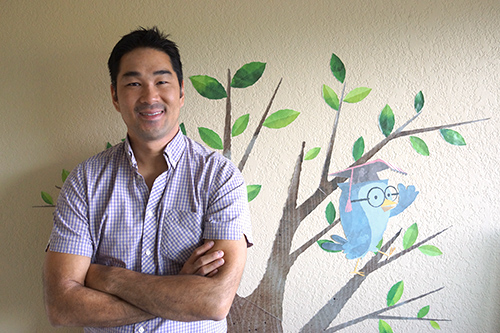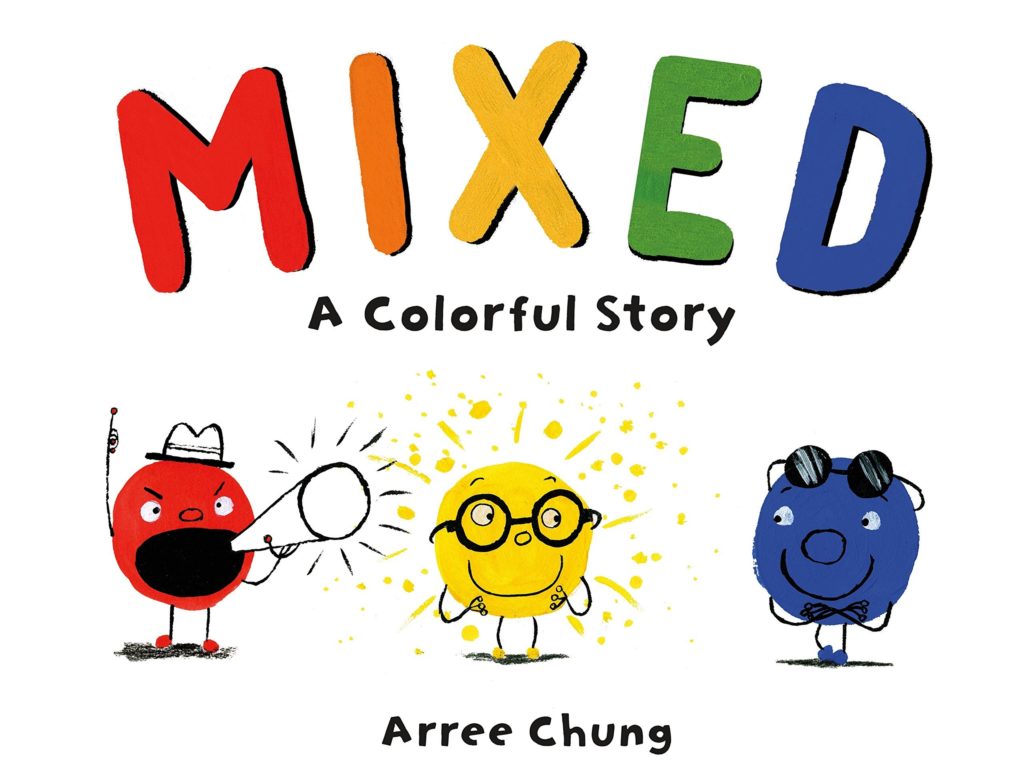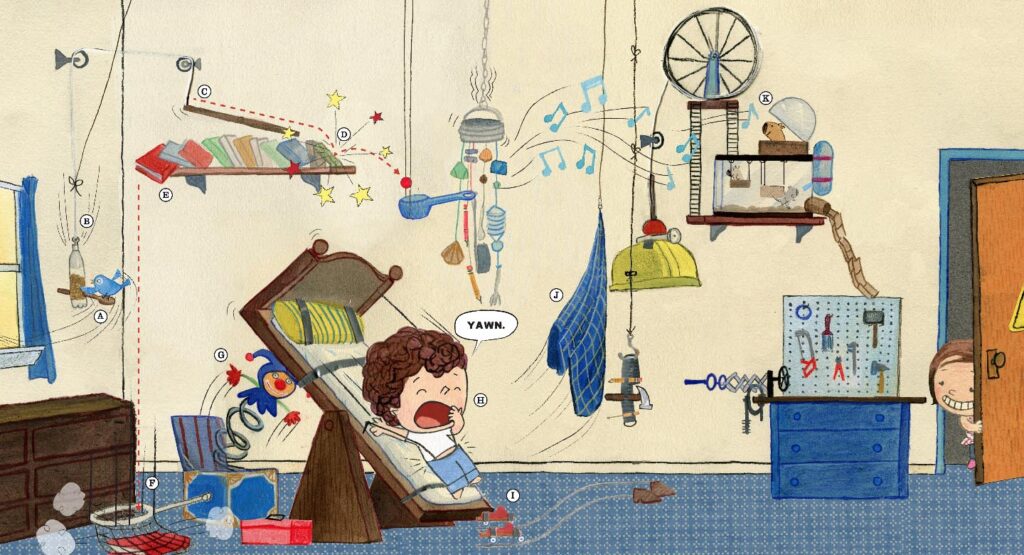Five Storytelling Techniques for Children’s Books

Are you looking for storytelling techniques to help you write your own picture book? Arree Chung, the award-winning author/illustrator of Mixed and several other picture books has some tips to share with you.
5 Storytelling Techniques
Let’s list all five techniques, and then we’ll go through them one by one to discuss how you can use them.
- It-Factor/Concept
- Relatable Problems/Kid-Centric
- Identify the Key Emotion
- Escalate on Emotion
- End by Resolving All of the Problems
IT-FACTOR/CONCEPT
It-factor is what makes your book stand out, whether that’s a memorable character or a great concept. What is going to make a child pick up your book out of all of the books in a bookstore?

It’s important to give yourself time to come up with a great character and/or concept. The time you spend on this can pay off big time later on.
RELATABLE PROBLEMS/KID-CENTRIC
Stories for children need to center children and have problems that kids find relatable. Here are some questions Arree suggests you ask yourself.
- What kind of kid were you?
- What kind of trouble did you get into?
- How can you contrast your characters if you have more than one?
Answering these questions is going to help you figure out the next section.
IDENTIFY THE KEY EMOTION
If you know what kind of kid you were and what kind of problems you had, can you identify the key emotion for your story? What do you want your readers to feel?

ESCALATE ON EMOTION
A lot of beginning writers want to escalate their story through action, but if readers aren’t feeling anything, they won’t care about the action. To make readers care, you need to escalate through emotion.
It’s important to build your story around emotional truths that a kid finds relatable. If you can tap into emotions from your own childhood, you can use those to rewrite your own experiences into something awesome for readers.
END BY RESOLVING ALL OF THE PROBLEMS
A picture book usually only has one main problem, but more problems or questions can come up along the way, especially when you’re escalating the emotion. If you want your ending to be emotionally satisfying, you’ll want to wrap up everything, not leave loose ends for readers to worry about.
ASSIGNMENT
- Take your favorite children’s book and apply these five techniques to see how the author has structured the story.
- Take your own idea and apply these five techniques to create your own story.
We hope this helps. Thanks for reading!

Myrna Foster
Myrna Foster writes and edits content for Storyteller Academy and the WriteRiders Newsletter for SCBWI Nevada. She has spent a lot of time teaching and coaching children, including five years as a preschool teacher. She's also worked as a journalist, and Highlights High Five has published six of her poems.
FREE DOWNLOADABLE RESOURCES
Find them HERE

Learn how to write your children's book from professional, award-winning authors and illustrators
in your own time, at your own pace.
JOIN OUR COMMUNITY
Your creative village is waiting for you HERE.
And it’s free!
FEATURED

How to Write Children's Books in 7 Steps
EXPLORE
RECENT POSTS
Instructor Stories: Darcy Pattison
Instructor Stories: Baptiste Paul
Instructor Stories: Isabella Kung
Challenges & Twitter Events for Kidlit Creators
Use Mentor Texts to Write Chapter Books

